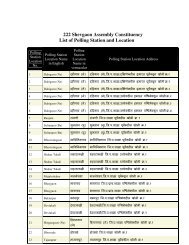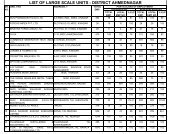1. INTRODUCTION
1. INTRODUCTION
1. INTRODUCTION
You also want an ePaper? Increase the reach of your titles
YUMPU automatically turns print PDFs into web optimized ePapers that Google loves.
· When entering a fire-damaged structure, look for signs of heat or smoke.<br />
· Have an electrician check your household wiring before the current is turned on.<br />
· Beware of structural damage. Roofs and floors may be weakened and need repair.<br />
· Keep records of all clean-up and repair costs.<br />
· Do not throw away any damaged goods until an official inventory has been taken.<br />
· In case of tenancy, contact the landlord.<br />
· Secure personal belongings or move them to another location.<br />
· Discard food and medicines that have been exposed to heat, smoke or soot.<br />
· Do not try to open a safe or strong box. It can hold intense heat for several hours. If the<br />
door is opened before the box has cooled, the entering air combined with the high internal<br />
temperature can cause the contents to burst into flames.<br />
· If the local administration say the structure is unsafe and must be vacated :<br />
¨ Take jewellery, cash, and financial records and other important documents.<br />
¨ After vacating, notify the new residential address to friends, relatives, police and<br />
fire departments, delivery services, employers, schools and the post office<br />
2 Earthquakes<br />
[In addition to what has been listed under family preparedness as a generic response,<br />
earthquakes demand specific preparedness and responses. Given below are the<br />
preparedness measures and responses which are specific to earthquakes].<br />
The actual movement of the ground in an earthquake is seldom the direct cause of death and<br />
injury. Most casualties result from falling objects and debris. Earthquakes also may trigger<br />
landslides and generate huge ocean waves, each of which can cause great damage. There are<br />
many actions which can be taken to reduce the dangers.<br />
2.1 Preparing for an Earthquake<br />
· Prepare a home Earthquake plan<br />
· Choose a safe place in every room - under a sturdy table or desk or against an inside wall<br />
where nothing can fall on you.<br />
· Practice drop, cover, and hold on at least twice a year. Drop under a sturdy desk or table,<br />
hold on, and protect the eyes by pressing the face against the arm. If there is no table or desk<br />
nearby, sit on the floor against an interior wall away from windows or tall furniture that<br />
could fall on you.<br />
· Teach children to drop, cover, and hold on<br />
2.2 During an Earthquake<br />
· Stay calm.<br />
· Inside, stand in a doorway or crouch under a desk or table, away from windows. Watch for<br />
falling objects. If in bed, hold on and stay there, protecting the head with a pillow. Drop,<br />
cover, and hold on<br />
· Outdoors, stand away from buildings, trees, telephone, and electrical lines.<br />
C:\DOCUME~1\ADMINI~1\LOCALS~1\Temp\C.Lotus.Notes.DataRevised Grain Bank


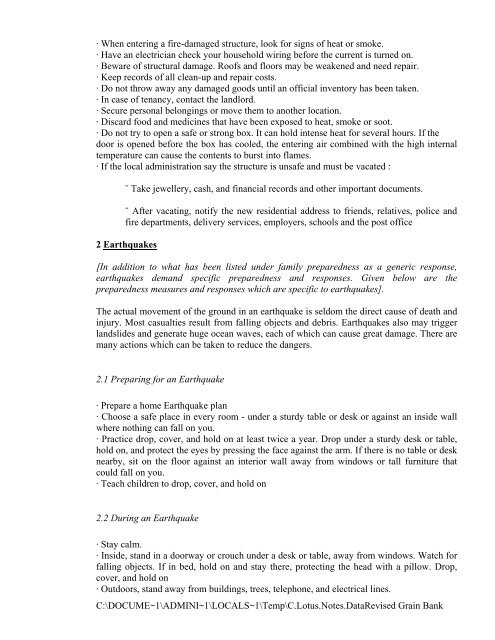
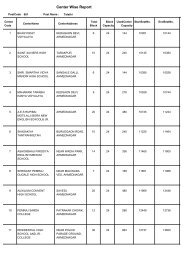
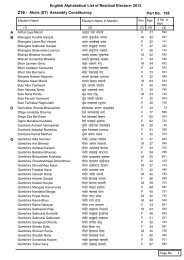
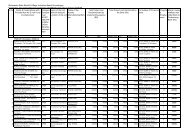
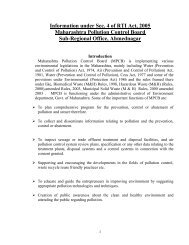
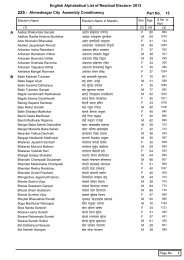

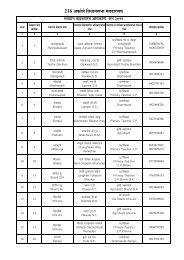
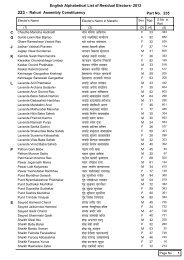
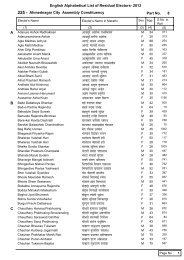
![216 - +ÃŪúÃä]äõ ĶÃŪúià ĶÃÃ>ðŪúÃÄ«Ã +ÃŪúÃä]äõ EÅÃÄÄ·ÃĪÃÃ](https://img.yumpu.com/36478022/1/184x260/216-aaaaaaau-aaaaia-aaaaaaaaa-aaaaaaau-eaaaaaaaa.jpg?quality=85)

